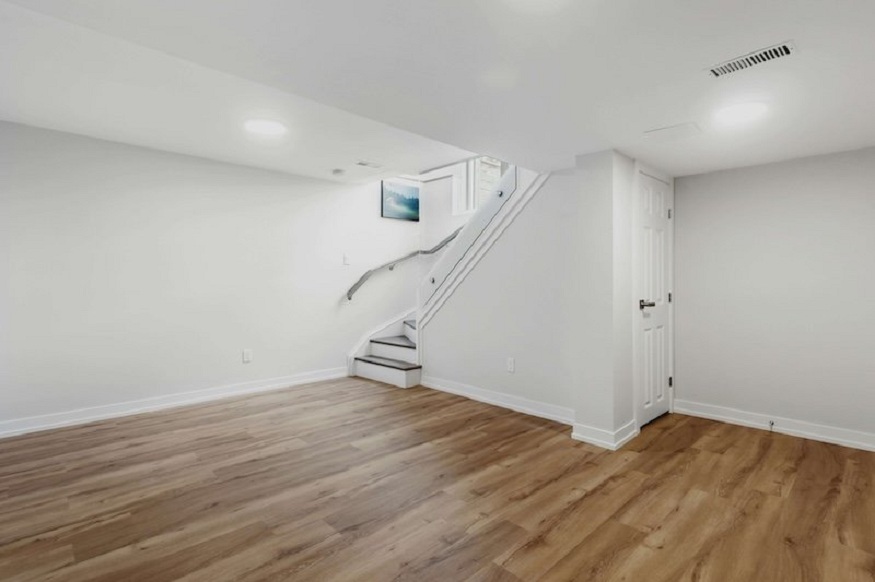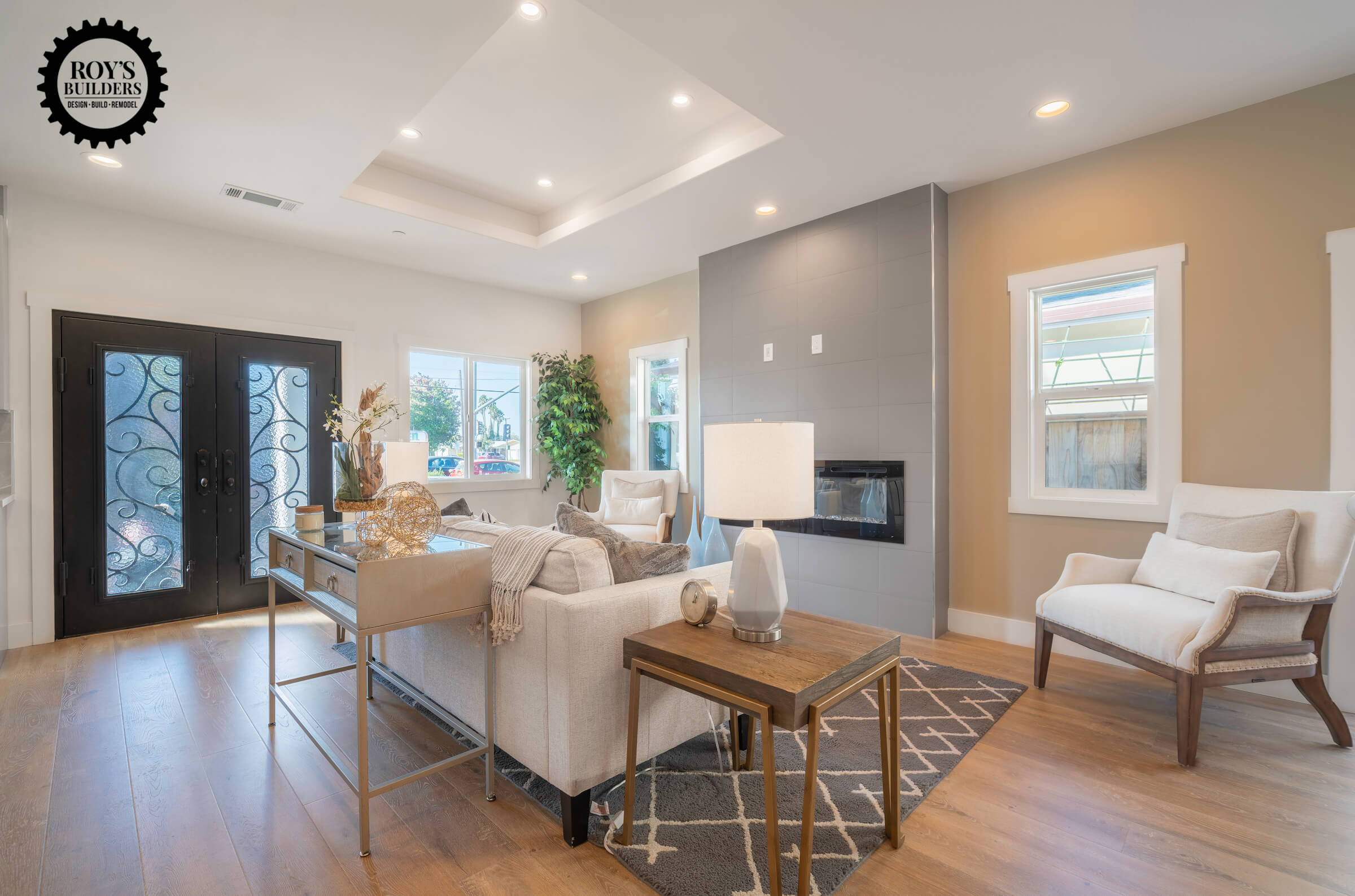Basement renovations are like icebergs – what you see on the surface is just a tiny fraction of what’s involved. That empty space looks like easy money, ready to transform into a rec room, home office, or rental unit that boosts your property value. Then you start digging into the details.
Underground spaces come with challenges that don’t exist anywhere else in your house. Water issues, structural limitations, and building code requirements create a maze of potential problems that can turn dream projects into expensive nightmares.
Getting professional assessment before you start saves massive headaches later. Radon mitigation Calgary service providers can identify and address health hazards that might otherwise remain hidden until after construction is complete, potentially requiring expensive remediation work that doubles your budget.
1. Water: The Dream Killer
Water will find your basement. It’s not a matter of if, but when and how much. That tiny crack in your foundation? Water sees it as a highway entrance. The grading around your house that looks fine? Water disagrees.
Your neighbor probably spent $15,000 on a beautiful basement office. Looked amazing for six months. Then one spring rainstorm turned it into an indoor swimming pool. The insurance company laughed at his claim. Apparently, groundwater infiltration isn’t covered under standard policies.
The fix? Another $8,000 for proper waterproofing that should have been done before the drywall went up.
2. The Code Maze
Building codes for basements read like they were written by people who hate fun. Ceiling height requirements. Egress windows. Electrical specifications. Ventilation standards.
Skip the permits and you’ll discover that selling your house becomes impossible when potential buyers run away from “unpermitted basement renovation” on the inspection report.
One family spent $25,000 finishing their basement without permits. When they tried to sell, buyers offered $15,000 less because of the unpermitted work. They ended up spending another $12,000 to bring everything up to code retroactively.
3. The Money Pit Reality
Remodeling a basement is similar to playing poker in that you keep throwing money at the issue because you always hope the next hand will be the winning one.
Spend $30,000 if you have a $20,000 budget. Promised. That isn’t pessimism; rather, it’s math derived from thousands of unsuccessful basement projects.
Hidden electrical problems. Plumbing that needs updating. Insulation requirements nobody mentioned. HVAC modifications. Each discovery adds zeroes to your bill.
4. The Ventilation Nightmare
Basements are naturally damp, poorly ventilated caves. Without proper air circulation, you’re creating a mold farm that happens to have a TV.
Mechanical ventilation isn’t optional – it’s the difference between a comfortable living space and a health hazard that makes everyone sick.
One family finished their basement without adequate ventilation. Within a year, everyone was dealing with respiratory problems. The mold remediation cost more than the original renovation.
5. The Radon Roulette
Radon is a radioactive gas that seeps through concrete and accumulates in basements. You can’t see it, smell it, or taste it. But it’s the second leading cause of lung cancer.
Testing will cost you but lung cancer costs considerably more. Most people skip radon testing because “it probably won’t be a problem.” Some of them are right. Some of them aren’t.
Conclusion
Renovating your basement can increase the value of your house and create practical living space. However, they are intricate undertakings that call for thorough preparation, sufficient funding, and reasonable deadlines.
Those who are successful approach basement renovations like major surgery; they plan ahead, hire experts, and anticipate problems.
The ones who fail assume it’ll be easy and cheap. Basements have a way of correcting that assumption, usually at great expense.



